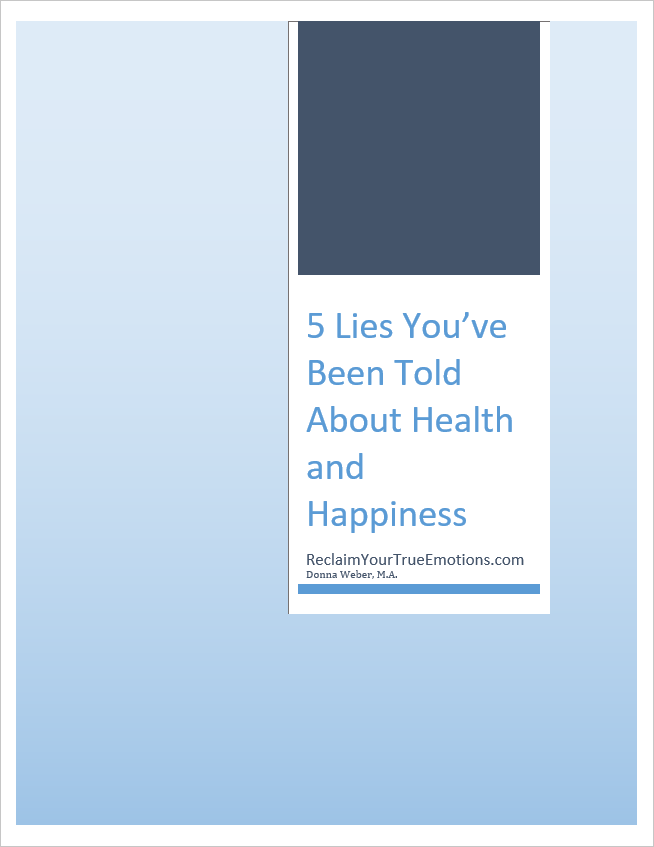Whether you work with thoughts or emotions depends on you. When you want to change your life, you have so many options these days. You can work with counselors, psychologists, or life coaches. You can find self-help books, audios, and classes.
When there are so many options, one way to narrow down your choice is to decide if you want to work with your thoughts or your emotions.
How can you decide which is best for you?
Working with thoughts
Cognitive therapies and techniques are based on this premise: how people think determines how they feel and behave. Thoughts that are causing problems are labeled dysfunctional or irrational.
If you work with a counselor, the counselor will help you understand which thoughts and beliefs are causing you problems and will help you replace those thoughts with something more rational. For example, in rational emotive therapy, you test common irrational beliefs such as “It is absolutely essential to be loved or approved of by every significant person in one’s life.”
In cognitive behavioral therapies, behavioral techniques, such as thought stopping, are added. The client learns to yell “stop” when they realize they are thinking self defeating thoughts. This interrupts the thought process and the client can substitute more positive thoughts.
These methods are used in therapy and in self-help books. They are symptom focused, logical, and based in the present moment.
Working with emotions
In recent years more value has been placed on the rational scientific aspects of therapy, yet the use of creative arts persists. These creative arts speak to the emotions and the soul.
Some examples include: art therapy, writing, poetry, dance, and psychodrama. These are often referred to as expressive therapies. The poetry of emotion process is another example. This process uses imagery, poetic language, metaphors, and story telling. Poetry and metaphors help:
- make the unconscious conscious
- recover hidden solutions
- increase a sense of connectedness.
What is right for you?
There is no right or wrong answer. If you want to work with symptoms, find a solution and implement it you will want to choose a cognitive option.
If you believe that there are deep underlying issues and you want to get to the root of your issue an emotion-based technique might serve your needs better.
Since we live in a time with so many options, you can even decide what is best depending on the issue. And with so many options you can find the one that works for you .
To read more about the poetry of emotion process, click here.
(Image: sjsharktank @ Flickr http://www.flickr.com/photos/sjsharktank/5533403340/)



